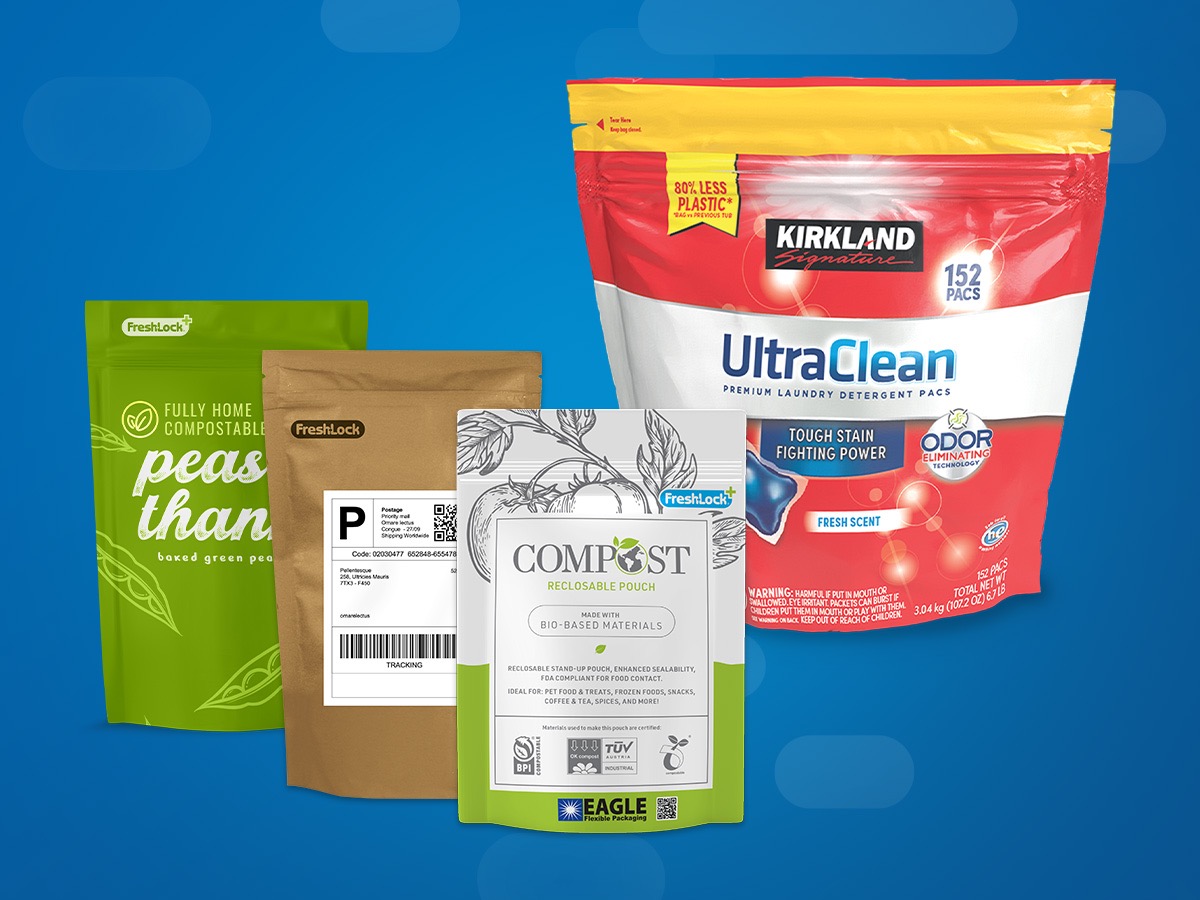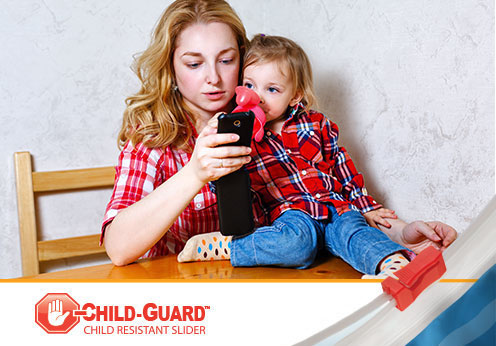
Poison Control’s webPOISONCONTROL® App Offers Parents Peace of Mind
As a parent, it’s one of your worst nightmares. After just seconds of being gone, you walk back into the room to find your purse on the ground, unzipped, and your curious child with a mouthful of makeup. Your gut reaction may be to search the internet for feedback from similar scenarios, but with contradicting information, it can be hard to find advice you can trust. Now, there’s an easier way to get accurate, reliable information at the click of a button when an accident occurs.
Poison Control has launched webPOISONCONTROL®, a free mobile app and web browser that allows you to enter information such as the product name and amount of a substance swallowed, as well as the age and weight of the individual who consumed it. At the click of a button, you’re given recommendations for the next steps to take and symptoms to look for.
We recently spoke with Poison Control’s medical and executive director, Dr. Toby Litovitz, on how webPOISONCONTROL® is changing the way people respond to accidental poisonings and what we can expect to see in the future.
Developed by the National Capital Poison Center in the D.C. metro area, webPOISONCONTROL® first launched two years ago when the center began noticing a drop in calls coming into the 55 call centers across the country.
“Over the course of the last 5-7 years, we noticed more individuals turning to the internet rather than picking up their phones and calling the centers when an instance has occurred,” Litovitz says. “We noticed; however, that as calls were declining, the severity and complication level of the cases being reported appeared to be growing.”
To prevent incorrect online information from being taken as advice, Poison Control began the process of developing a platform where users can receive accurate referral treatment recommendations from registered nurses, pharmacists, and other authoritative personnel based on the substance that was swallowed.
“As soon as we began researching, we found a great deal of information online that either gave unsafe first aid recommendations or incorrect advice based on a general lack of knowledge,” says Litovitz. “Someone who does not know the particular nuances of the compound of the substance that was swallowed can easily give the wrong information, and someone who turns to the internet as opposed to calling, may believe they are OK to stay at home, when in reality they need to go to the emergency room.”
Currently, the app only assists in cases of accidental poisoning through ingestion; however, the organization intends to expand the tool to other types of poisoning, including inhalation, in the eyes, on the skin, injection, or a bite.
Using the Application
Navigating the web browser and mobile application is simple and straightforward. The app will first ask the age and gender of the person who was exposed.
The second step asks whether or not symptoms are present. If the person is experiencing symptoms or swallowed more than one substance, the tool automatically refers you to the hotline for additional support. If no symptoms have occurred yet, the tool will ask about medical background information, name of the product swallowed, the dosage, and the estimated time of exposure. Based on the information you submit; the app will provide a recommendation for next steps to take.
Within 24 to 48 hours, you will receive an email with a link for a follow-up questionnaire that will ask if the case was handled at home or if treatment was sought, how the user is feeling now, and which, if any, symptoms developed.
According to Dr. Litovitz, only about a third of users on the app pursue the follow-up. Most individuals simply use the recommendations they’re given at the time the case is submitted.
Commonly Reported Substances
As society becomes more technologically-advanced, parents, especially those of young children, are using the app more than any other demographic. That’s because roughly 50% of reported Poison Control calls and 73% of online cases occur in children under the age of 6.
Of the cases reported through the app, about 35% were the result of exposure to over-the-counter and prescription pharmaceuticals. Reports regarding accidental swallowing of personal care products, like shampoo and toothpaste with fluoride are also high.
Perhaps the most surprising substance being reported is exposure to cigarettes.
“We have seen a very high rate of kids getting into cigarettes, with 11% of online cases involving children and accidental tobacco or nicotine exposure” Litovitz explains.
Nicotine poisoning can cause severe illness and in rare instances, death in children under the age of 5. Ingesting one cigarette is enough to cause severe poisoning in young children, due to the high concentration of nicotine. Calls to poison centers regarding liquid nicotine are also on the rise, with more than 3,000 exposures reported in 2015.
At this time, traditional poison call centers are still receiving the bulk of severe cases. Litovitz explains this by stating that in times of emergency, most people instinctively resort to picking up the phone or seeking medical care.
“For the most part, people tend to use the app more for reassurance,” Litovitz says. “However, we do still get serious cases on the app. We are referring about 2% of these cases to the ER and 25% to call poison control for more information.”
Roughly 90 poisoning cases are handled online each day, equating to about 32,000 per year. This may seem like a large number, but is marginal compared to the 2.1 million cases handled by phone through U.S. poison centers every year.
Expansion Plans for webPOISONCONTROL®
Currently, 10 of the 55 centers nationwide are collaborating on the project’s expansion process. One of the long-term goals for the app is to unify the advice given in poison centers across the country so that no matter where you live or what center you call; you’re given the same answers and triage recommendations.
There are currently more than 46,000 products in the database, with more being added routinely by toxicologists participating in the project. Newly added products become searchable on the browser when the ingredients have been identified and analyzed for potential side effects if ingested.
The major goal for webPOISONCONTROL® is to deliver accurate information including symptoms to watch for and follow-up recommendations for all exposure cases.
Because 2/3 of all cases can be managed at home if the right information is given, users can avoid many of the unnecessary emergency room visits and the costs that accompany them.
Reduce Accidental Exposures with Child-Guard®
Poison Control is dedicated to putting your child’s safety first. You can prevent accidental poisonings from occurring in your small children by downloading the webPOISONCONTROL app and by using child-resistant products like the Child-Guard® slider.
Child-Guard® helps keep potentially harmful products in their appropriate containers and out of the hands of little ones, giving you more peace of mind as your child begins to explore.
What would you guard with Child-Guard®? Share your ideas with us online by using the hashtag #guardit on social media! Stay up-to-date on the latest poison news by following Poison Control on Facebook.

 Back to Blog
Back to Blog


